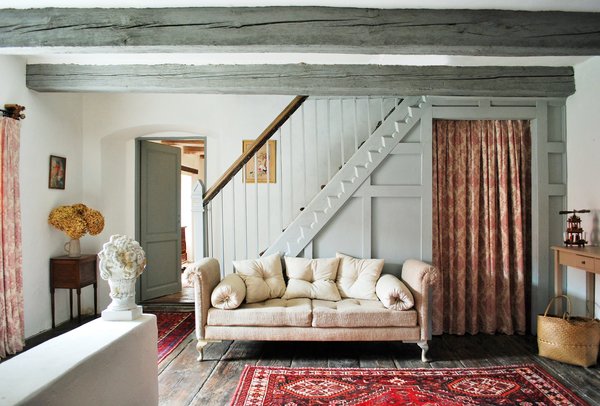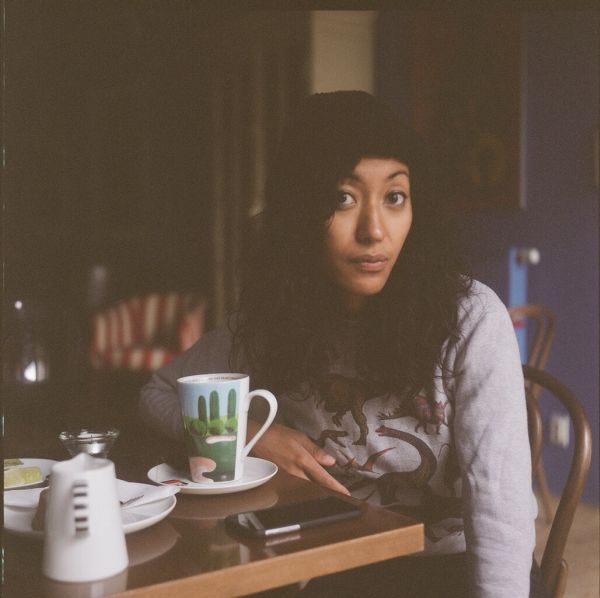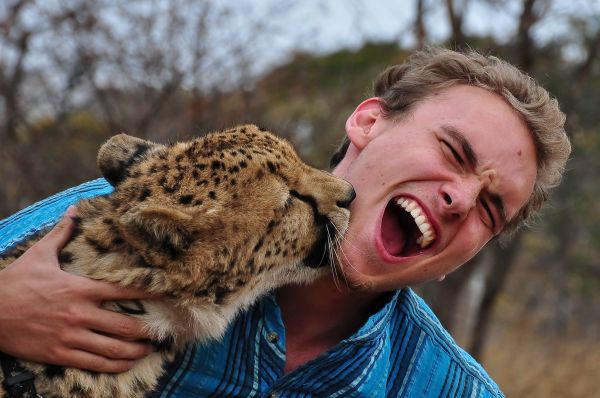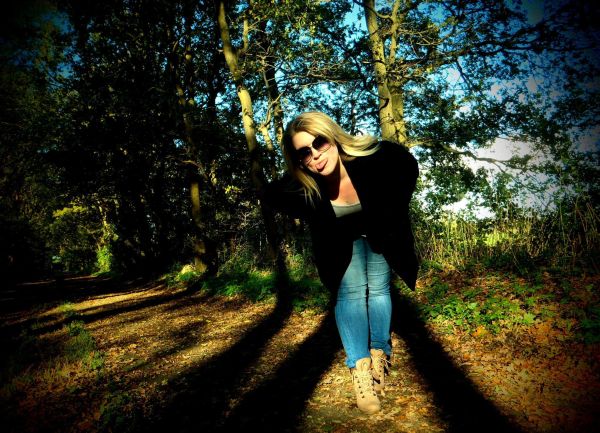
By Ryan Keating-Lambert
Unbelievably wicked sense of style and an unbeatable wit are things that spring to mind when thinking of Amber, also affectionately known as Ambryzy. She’s at the heart of expat life in Prague and all who know her will surely crack a smile reading this interview, and those who don’t know.. Well, how the hell do you not know her anyway? She’s MCing at ‘FIERCE’ party in Café v Lese this Friday night from 11pm. Be there.
Also, she’s basically from Lake Placid.. Has anyone else seen that giant crocodile movie?
Where are you from originally?
Originally I’m from a small town in the mountains of upstate New York. I grew up on a farm.
What was it like growing up there? What is NY state known for?
Well, growing up in upstate New York you had to make your own fun. I spent a lot of time outside playing pocketbook in the road and I’ve built many forts. I also built a raft once and still enjoy fishing. And just generally growing up on a farm was an amazing life experience. I learned responsibility at a young age and I’ve seen and done things that you’d never imagine. Hahaha. Also barn cats.. lots of barn cats.
I’m not sure what NY state is known for.. maybe high taxes.. ha, but where I’m from it’s known for the Adirondack mountains and Lake Placid is pretty popular as it was the site of the 1980 winter Olympics. I miss the mountains.
What did you want to be as a kid?
When I was 11 I wanted to be a trucker, an Olympic diver and a hairstylist. I actually had it all figured out, that I could drive my mobile hair salon to each of my Olympic events.
What brought you to Prague?
My family hosted a Czech exchange student named Tereza, who became like a sister to me and convinced me to move here ten and a half years ago.
I really dig your postcard tattoo, what’s the significance?
After living in Prague for 7 years I started missing home and the mountains so I actually got a postcard of them tattooed on my leg. It shows Heart lake, McIntyre, Colden and Mt. Marcy of the Adirondack mountains.

Tell us about your music and MC work..
I got into rapping after hanging around my friend’s studio for years and just being around the music. I was also fortunate enough to collaborate with the Czech artist named Klara and since then different opportunities have opened up to me including MCing the upcoming ‘FIERCE’ vogue party this Friday night.
Who would play you in a movie about your life?
Either the love child of Amy Poehler and Tina Fey or the little girl who played Annie in the original movie.
If you could go back in time and see anything, what would you see?
I’ve thought about this and… I’m going to keep it simple and say I wish I could have seen the Notorious Big in concert.
What’s your favorite word in Czech and in English?
Favorite word in English is ‘wonderful’, because it can be used in so many different ways… and in Czech my initial thought was ‘pivo’.. because I love that stuff… so I will go with that.
Photos from Amber Sayward




























